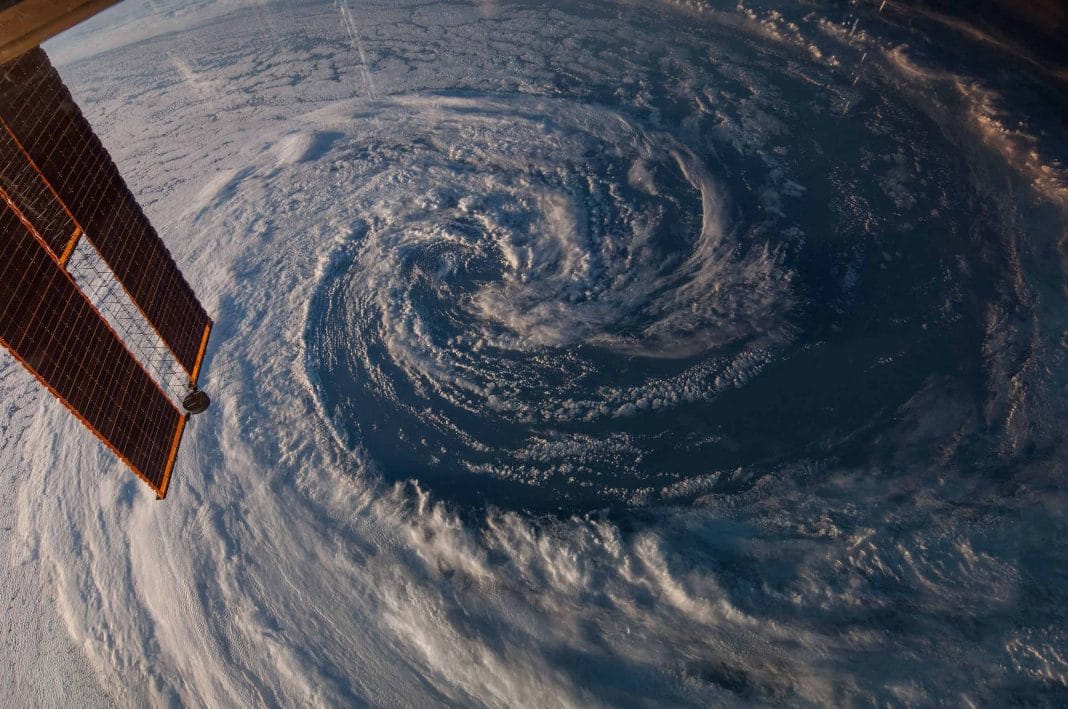A new UNSW Canberra study has revealed a suite of Australian-designed and built meteorological satellites that could be an exciting answer to the Bureau of Meteorology’s future needs.
Since Australia doesn’t own or operate Earth Observations (EO) satellites, the Bureau heavily depends on foreign-owned systems and partner meteorological organisations for data to predict the weather.
UNSW Canberra’s Australian National Concurrent Design Facility (ANCDF) conducted the study and identified the suitability of the Australian-designed and built meteorological satellites to potentially support the Bureau’s Numerical Weather Prediction and Nowcasting functions.
The satellites could also likely address data gaps in the global meteorological observing system.
ANCDF manager and Space Systems Engineer Denis Naughton said the three main meteorological missions were explored through the study and were selected from 10 prospective missions provided by the Bureau.
“Australian industry-developed pathfinder missions could include sovereign instrument designs, spacecraft subsystems and data processing capabilities, which could serve as a pathway to longer-term operational systems as the industry matures, while simultaneously providing improved data products to the Bureau and its partner meteorological agencies in the short-term,” Mr Naughton said.
“The result would also lead to an increase of skills in Australia across the satellite supply chain and within all related sectors.”
The missions featured a lightning sensor which would support severe storm forecasting and climate studies, a synthetic aperture radar (SAR) instrument used for sea ice monitoring, and a hyperspectral microwave sounder for atmospheric temperature and humidity profiling.
“The objectives of this study were to identify those meteorological instruments having the greatest potential to meet not only the Bureau’s mandates and future needs for satellite data, but to provide a data generation capability that would contribute to the global meteorological community, opportunities for Australia to strengthen international partnerships to ensure ongoing access to critical weather satellite data streams and increase data assurance by contributing to the growth of a sovereign satellite industry capability,” Mr Naughton said.
“Each instrument was evaluated from performance and feasibility perspectives and were deemed to be practically achievable, and a recommendation was made to advance each project for further evaluation. The pathway to operational, reliable and trusted missions would most likely be through the development of pathfinder missions.”
The study is currently one of three satellite missions the UNSW ANCDF is studying to advise the development of the 2021 Australian Space Agency’s Earth Observation Technical Roadmap.
The additional two studies are a joint initiative between CSIRO and SmartSat Cooperative Research Centre for AquaWatch Australia, aiming to monitor the quality of fresh and coastal water bodies on Australia’s shores using space technologies, and another collaborative effort between the Australian Space Agency, Geosciences Australia, CSIRO, and the US Geological Survey for Geosciences Australia – Pre-Phase A study, on a satellite cross-calibration radiometer (SCR) satellite series.
Get all the latest Canberra news, sport, entertainment, lifestyle, competitions and more delivered straight to your inbox with the Canberra Daily Daily Newsletter. Sign up here.



